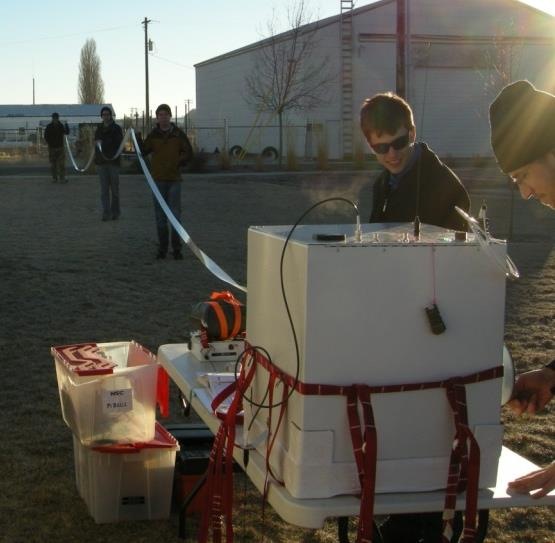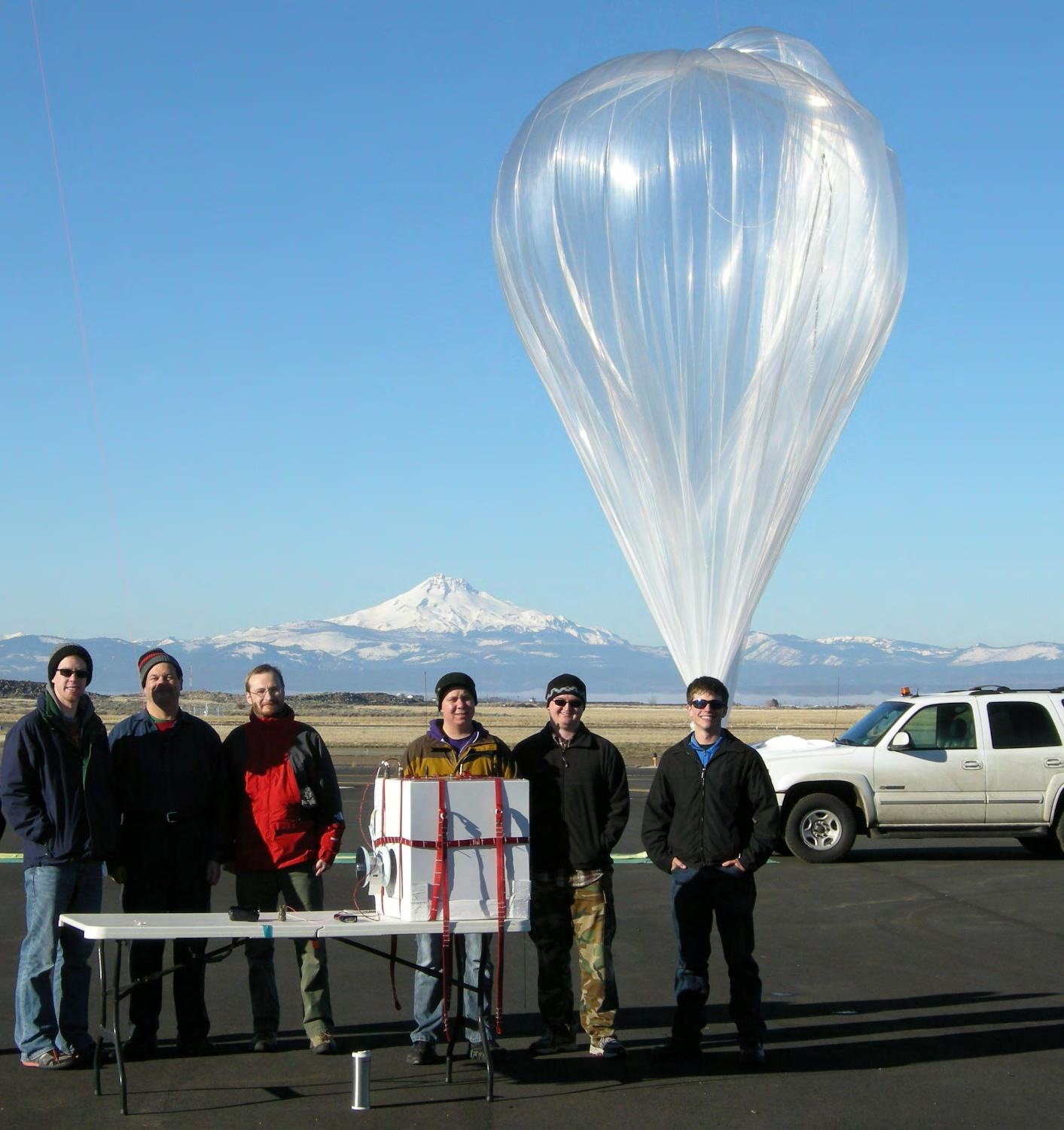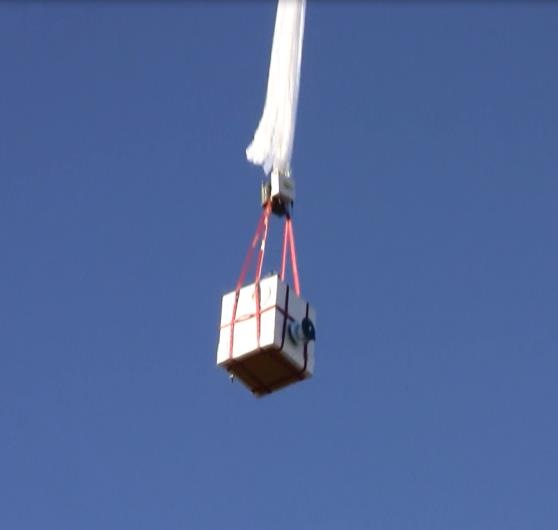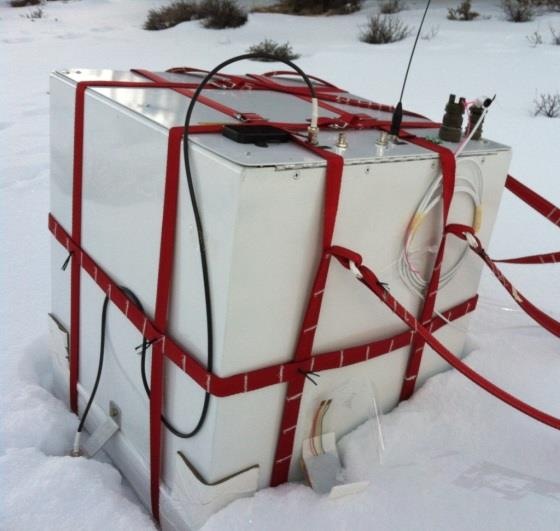Purpose of the flight and payload description
The advent of commercial space travel has inspired engineers to rethink design and operation of space transportation systems. Structural health monitoring (SHM) is seen as a promising technology to reduce time to launch and operation costs with simultaneous improvements in the safety of commercial space vehicles. It is envisioned that SHM would be an integral part of the "black box" and would record information on structural integrity during all stages of spaceflight. Consideration of SHM data is useful in pre-flight diagnostics, in-orbit operation and tuning, and in analysis of structural behavior during spacecraft reentry. SHM information would also play a prominent role in space vehicle re-certification for the next flight.
As part of this project, a special built payload carrying a number of structural health monitoring (SHM) was developed by the New Mexico Institute of Mining and Technology (NMT). The payload contained various SHM experiments including impedance measurements, passive detection (acoustic emission), active interrogation using ultrasonic guided waves, and wireless strain/temperature sensing.
Details of the balloon flight
Balloon launched on: 1/20/2013 at 11:07
Launch site: Madras Municipal Airport, Oregon, US
Balloon launched by: Near Space Corporation (NSC)
Balloon manufacturer/size/composition: Zero Pressure Balloon
Flight identification number: SBS-01
End of flight (L for landing time, W for last contact, otherwise termination time): 1/20/2013 at 14:10
Balloon flight duration (F: time at float only, otherwise total flight time in d:days / h:hours or m:minutes - ): 3 h
The balloon was launched by Near Space Corporation from Madras airport, in Oregon on January 20, 2013 at 11:07 am local time. The balloon ascended during 1 hour and 36 minutes, performed 57 minutes of float flight at 102,000 ft and after termination descended approximately in 30 minutes. The flight was successful and yielded a
considerable volume of data for the embedded ultrasonics structural health monitoring approach and wireless sensing. The experiment demonstrated basic proof-of-concept for a spacecraft ultrasonic SHM system.
External references
- 2013 Annual Report for the Flight Opportunities Program
- Flight Opportunities program NASA website
- NSC High-Altitude Balloon Lofts Multi-Agency Space-Technology Payload NASA - Flight Opportunities program website
11941If you consider this website interesting or useful, you can help me to keep it up and running with a small donation to cover the operational costs. Just the equivalent of the price of a cup of coffee helps a lot.





